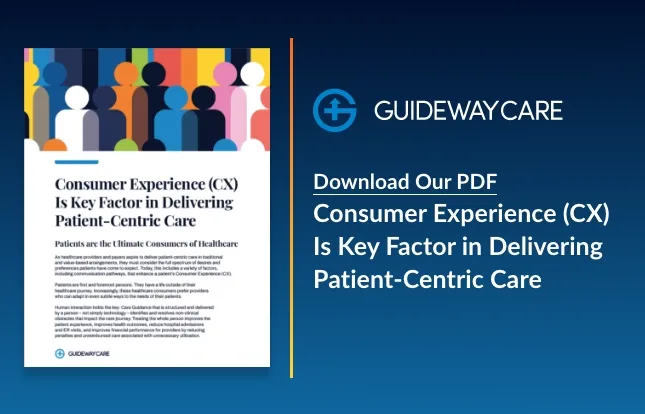Things to Know about BPCI Advanced

Looking to improve your healthcare organization’s quality and efficiency? Check out BPCI Advanced. In 2013, the Center for Medicare and Medicaid Innovation (CMMI) created the Bundled Payments for Care Improvement (BPCI) program to improve healthcare quality and lower costs. BPCI Advanced is an extension of this program, allowing participants to reduce healthcare spending while improving the quality of care.
Read more: What is BPCI (Bundled Payments for Care Improvement)?
We will explain the critical features of BPCI Advanced, so you can understand the program and decide if it is suitable for your organization.
What Is the BPCI Advanced Model?
BPCI Advanced is a value-based care model developed by the Centers for Medicare & Medicaid Services (CMS). It is designed to help healthcare providers and stakeholders improve the quality of care, reduce costs, and increase patient satisfaction with their healthcare experience. The program encourages coordination among providers across different levels of care to deliver comprehensive care for the whole patient.
How Does BPCI Advanced Work?
Under BPCI Advanced, healthcare providers form a “bundle” of services to patients over time. These bundles are determined by the quality measures used in the program and may include multiple episodes of care. Providers are responsible for managing their bundle’s cost and quality of care.
Participants in BPCI Advanced can choose to enter a retrospective or prospective payment arrangement with CMS. Providers are paid based on existing Medicare fee-for-service rates in a retrospective payment arrangement. However, they may also be eligible to receive additional gainsharing payments if the bundle’s performance meets certain quality and cost thresholds.
In a prospective payment arrangement, providers are paid based on a predetermined per-episode rate that covers all medical services associated with an episode of care. Providers can also receive additional gainsharing payments for meeting certain quality and cost thresholds.
Elements of BPCI Advanced
These include:
a) Hospice Inclusion
Hospice claims are included in the BPCI Advanced program. This means that providers can bundle payments for hospice services with those of post-acute and acute care services, creating a comprehensive care package for their patients.
b) Data Sharing Requirements
To participate in the BPCI Advanced program, participants must be willing to share specific data on their patient’s medical history, outcomes, and costs with CMS. This helps ensure the program is run efficiently and provides insight into how to improve its overall effectiveness.
c) Risk Adjustment
The BPCI Advanced program considers risk factors when calculating payments for bundled services. This helps to ensure that providers are rewarded for the comprehensive care they offer and not penalized for caring for patients with greater complexity.
d) Quality Measures
BPCI Advanced participants must report on quality measures related to patient outcomes. This helps CMS monitor the program’s performance and ensure that providers deliver high-quality patient care.
e) Outpatient Bundles
Regarding BPCI Advanced, providers can bundle payments for outpatient services. This includes physical or occupational therapy, laboratory tests, and imaging scans.
f) Comprehensive Care Model
At its core, the BPCI Advanced program is focused on improving the quality of medical care while reducing costs. By bundling payments into comprehensive care packages, providers can offer patients coordinated, personalized care and create positive outcomes.
Guideway Care’s BPCI Advanced offers opportunities for providers to reduce costs and improve care quality. With this innovative program, CMS is shifting from traditional fee-for-service payments to value-based reimbursement models.
Contact Us Today To Learn How We Can Help
"*" indicates required fields




